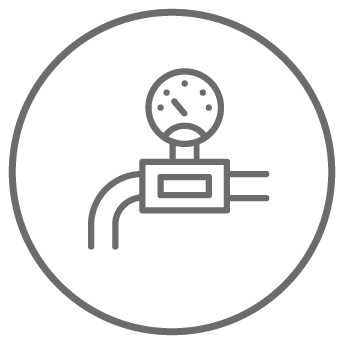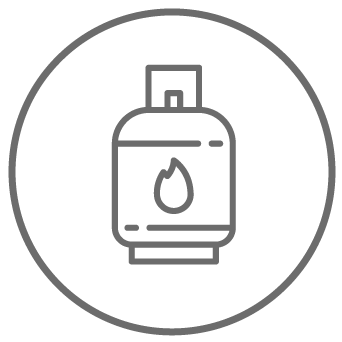How to use and store gas cylinders safely

It has always been important to store gas cylinders safely in order to avoid accidents related to their bursting and caused by carelessness and superficiality in their maintenance. Among the causes of accidents, there is also the non-compliant installation of equipment that use them, such as ventilation and exhaust systems.
For this reason, Settala Gas wants to give customers useful advice for the proper use and storage of gas cylinders.
How to use cylinders safely
The gas cylinder should be used only when the content is clearly identifiable and this is done based on:
- Colouring of the nosepiece according to the colour coded by law;
- Full-letter or abbreviated commercial name of the gas;
- Identification labels and tags placed on the valve or cylinder body;
- Type and characteristics of the valve and container.
As for the cylinder, it should be used vertically and before use it should be secured to the wall so that it is stable. Each cylinder should be protected from tampering caused by unauthorized personnel and the valve should always be kept closed, with eventual slow and gradual opening and using pressure reducers.
How to store gas cylinders
The storage of gas cylinders, as explained by Settala Gas specialists, must be designed so that the cylinder is not exposed to sunlight or heat sources and is not located in environments where the temperature reaches or exceeds 50 °.
It is equally important not to heat the cylinder or bring the flame close to it, and under no circumstances should the cylinder become part of the electrical circuit. If used with an electric welder, it must not be grounded and must always be artificially cooled to very low temperatures.
Also with regard to the way in which cylinders are stored, they should not be used as a roller, anvil or support, and in order to always know the contents, no writing, labels or tags attached by the gas supplier should be removed or made illegible.
In any case, the user of the gas cylinder must not modify or tamper with the safety devices even in case of gas leaks or make repairs on full cylinders.
Incompatibility between gases and materials
For the correct use of gas cylinders, it is best to avoid installing pressure reducers, pressure gauges and hoses on the cylinder to avoid any incompatibility between gas and materials: combustibles with oxidizers, oxygen with oil, corrosive gases with brass and aluminium, and so on.
Cylinders-Storage
This vademecum on the storage and use of cylinders ends with some useful advice on cylinder storage:
- The premises must allow separation based on the gas contained in the cylinder;
- Cylinders should be stored away from workplaces and passageways;
- Full cylinders should be separated from empty ones;
- If the gas is flammable or corrosive, the storage area should be equipped with a splinter wall;
- There should be suitable fire extinguishers in the depot and the place should be dry, cool and free from heat sources.
No electrical equipment should be installed in these spaces and no sunlight or heat sources should be allowed to enter or cause the cylinder to exceed 50°C, and storage is prohibited in the presence of combustible or flammable materials in the same place.
The advice is always to follow the indications for the correct use and storage of gas, focusing also on safety measures, risks to workers and mobility of handling cylinders.




